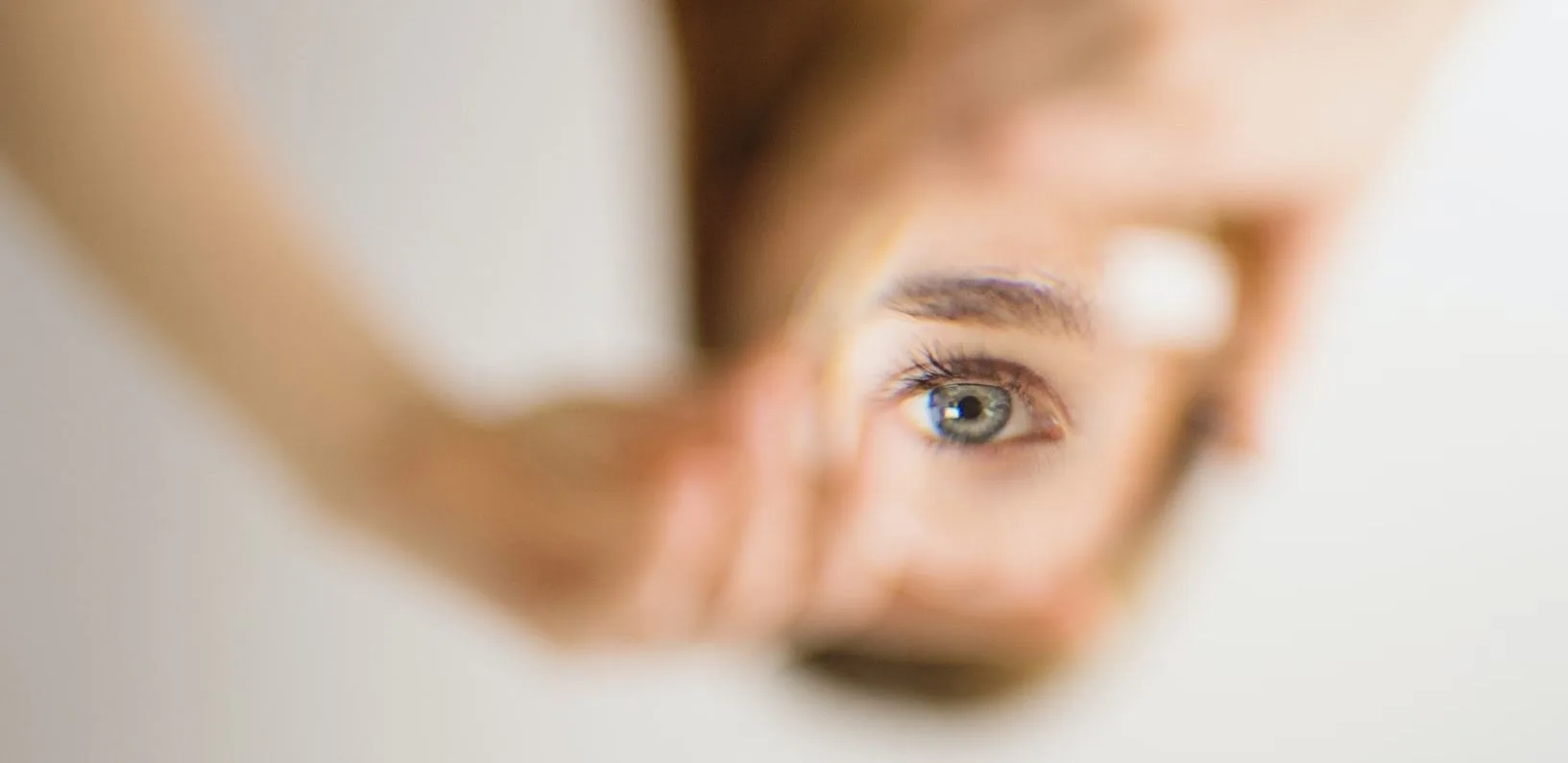Facelifts in general are rising in popularity. More and more people seek to reverse the signs of aging and keep themselves looking young. The rising number of people opting for facelifts is also being bolstered by younger people, who are now seeking to have the procedure done in their 40s and 50s – rather than delaying it until they are in their 60s or older.
Facelifts Are Getting Younger
The benefit of having a facelift when you are younger is that a quicker recovery time is expected, as less tissue repositioning and adjustment are required, and patients can expect a more youthful aging process.
In addition, when patients over the age of 60 get facelifts, they typically try to reverse aging by 20 years at once. Doing this can lead to dramatic results compared to those aiming for only five or 10 years. Because of this, younger people tend to enjoy more natural-looking results which also last longer.
As younger people continue to gravitate towards facelifts and other medical aesthetic treatments, the medical aesthetics industry has continued to adapt to demand – enter the S-Lift, or mini facelift, which is recommended for patients in their 40s and 50s.
What is the mini-facelift?
Compared to a standard facelift, a mini facelift is a less invasive procedure than a full, extensive surgery. In addition, the mini facelift typically requires half the recovery time of a traditional facelift.

Oleg GawriloFF/Shutterstock
The main benefits of an S-Lift procedure are that patients are left with a more natural look after a quicker recovery time, with minimal complication risks, minimal scars, and no hair loss.
The procedure
I advise that an S-Lift is performed using a special anesthetic solution, which is injected in the area forward of the ears. This fluid gently lifts the skin from the underlying tissue. Operating on one side of your face at a time, the plastic surgeon excises a narrow “S” shaped section of skin from the area in front of your ear.
The skin is lifted and the surgeon tightens and re-positions the underlying muscles and tissues. Excess fat is also removed before the opening is then closed using fine stitches. The procedure normally takes about 2 hours and treats the lower third of the face and neck. The position of the brow and forehead and the eyelids’ appearance is not affected by the S-Lift.
The incision made for the S-Lift is hidden within the hairline and in front of the ear. This results in a well-concealed scar after recovery. The changes following an S-Lift can be dramatic.
Recovering from a mini-facelift
After your procedure, you will go home and rest for at least 24 hours. There may be some minor bruising and swelling for a day or two. There may also be some minor discomfort. However, this can be controlled with painkillers.
Also, you will wear a small bandage over the incision site for the next two to three days. After that, you may take a shower, wash your hair, and shave (men). The stitches will be removed after 6-7 days, and most patients resume normal activities after four or five days.
Want to know more?
When it comes to aesthetic procedures, none is more popular than Botox. When we think of Botox, we usually think of how much it might aid in reducing and even preventing fine lines and wrinkles. However, Botox is used for much more than just its aesthetic benefits, such as the prevention of tooth grinding and tension in the jaw.



![women [longevity live]](https://longevitylive.com/wp-content/uploads/2020/01/photo-of-women-walking-down-the-street-1116984-100x100.jpg)










